Over the past few months we have been cataloguing our collection of photographs of the College, these have included photographs of royal visits, College ceremonies and the RCPE’s buildings on Queen Street, dating from the late nineteenth century to today. Especially interesting are the collections dating from before 1950; these include portrait photographs of the College’s presidents from 1895 onwards, in addition to photographs of other notable medical figures such as Robert Knox (1791-1862). However, this varied collection extends beyond portraiture to provide a fascinating insight into the RCPE and medical thinking at the beginning of the twentieth century.
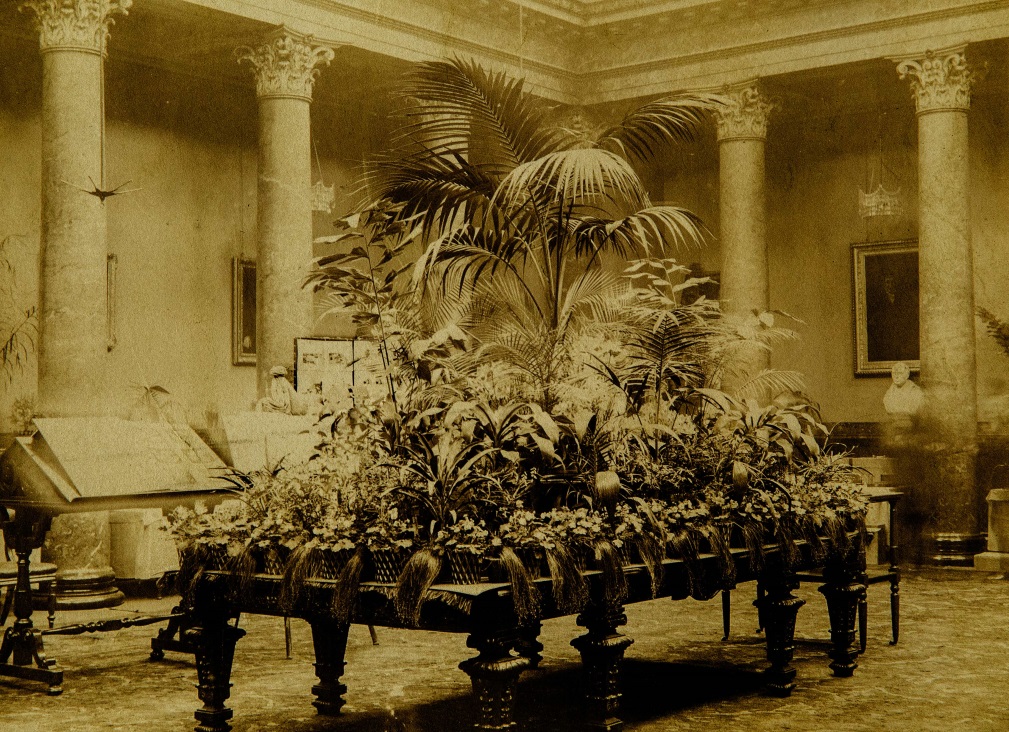
Figure One: The Great Hall c.1900
The varied collection also includes a set of photographs of the College’s interior dating from circa 1900. These photographs appear to show the building prepared for an event, with elaborate displays of plants in the College’s New Library and Great Hall (Figure One), alongside displays of objects and specimens, possibly from the College’s own collections. On the whole, the photographs illustrate how well the interior of the Queen Street Hall has been conserved, as the main aesthetic and architectural features are still visible today. Nonetheless, there are still some notable differences between the College today and the early twentieth-century photographs. In one photograph the statues above the architrave in the Great Hall appear to be coated in soot, created by the gas lighting, and the huge table (see Figure One) has since migrated upstairs from the Great Hall to the Archive. Moreover, the statues visible in Figures Two and Three are no longer in the College’s sculpture collection.
(You can view the College’s entire sculpture collection here)
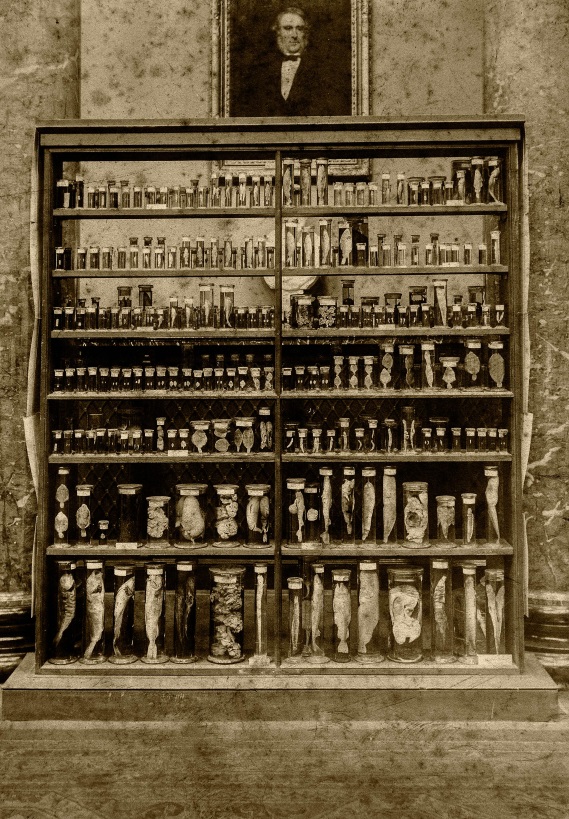
Figure Two: Specimens on display in the Great Hall, c.1900
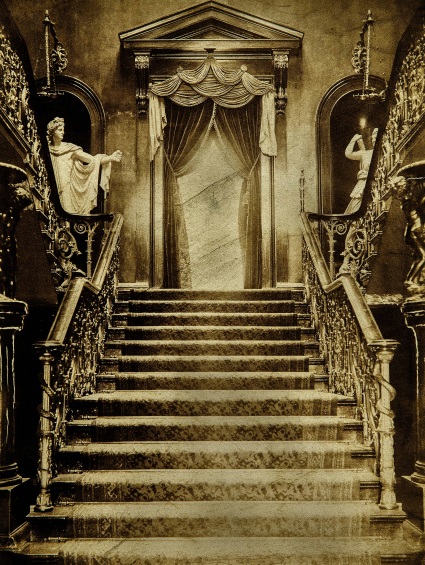
Figure Three: Entrance to the Great Hall, c.1900
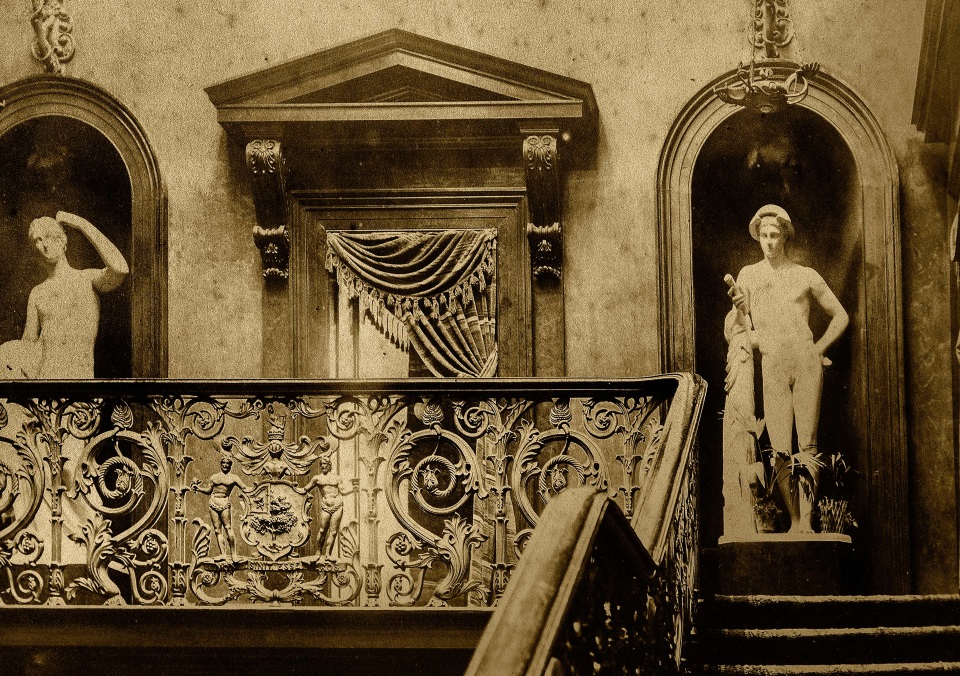
Figure Four: Entrance to the Library, c.1900
However, the photographs do not just provide an insight into the history of the College building; they also provide a valuable window onto the activities of the RCPE in the late nineteenth and early twentieth century. There are photographs of a visit to the grave of William Cullen and a number of nineteenth-century photographs of the RCPE’s laboratory, which was established in 1887. These photographs mainly show the cutting-edge equipment of the newly established laboratory (see for example, Figure Five). Some of these images were used to illustrate the College Laboratory Reports 1887-1889, and we have subsequently used these reports to identify and catalogue the photographs. These images provide a valuable illustration of the equipment which was being used for medical-scientific investigation during this period, and also of innovative nature of the RCPE’s laboratory in the late nineteenth century.
(You can read more about the history of the RCPE’s laboratory here)

Figure Five: Recording drum, designed by Dr Milne Murray and made by Hume, Edinburgh, c.1887-1889
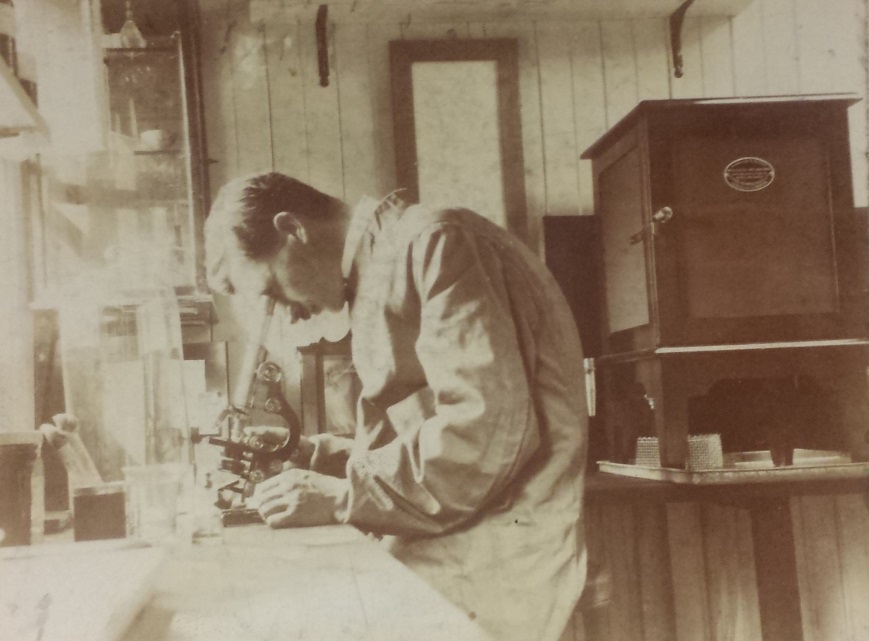
Figure Six: At work in the RCPE Laboratory c.1887-1900
The photograph collection also includes some photographs which are not directly related to the College, for instance there are a number of photographs of staff and students at the Royal Infirmary of Edinburgh (RIE) dating from the period c.1900-1945. These are particularly interesting as each RIE photograph, like Figure Six, is signed by or includes the printed names of the sitters.
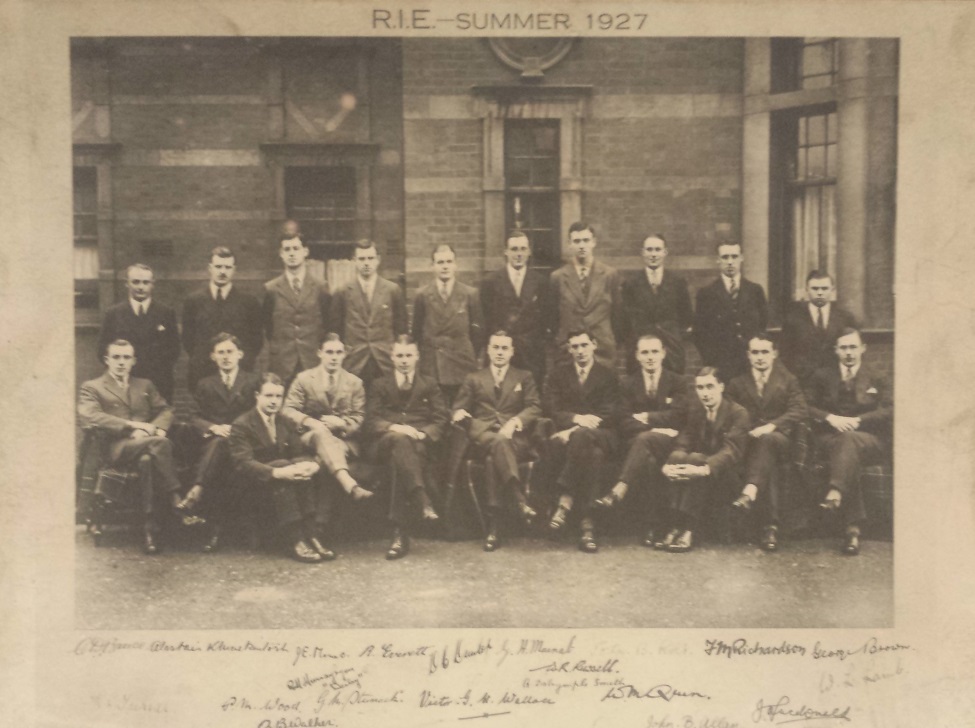
Figure Seven: Royal Infirmary of Edinburgh, Summer 1927
However, it has not yet been possible to identify the subjects of every photograph in the archive. Perhaps the most mysterious photograph which we have encountered in the collection is Figure Eight. The photograph appears to have been taken in a lecture theatre, as the two men are surrounded by blackboards and obstetrical illustrations. The man on the left, wearing a top hat and suit/uniform, may possibly be a porter, and the man on the right holding up the model of a baby may be the lecturer. Thus far however, we have been unable to identify either the people in this photograph or the location in which it was taken, but if you recognise the location or either of the two men, please do get in touch with us.
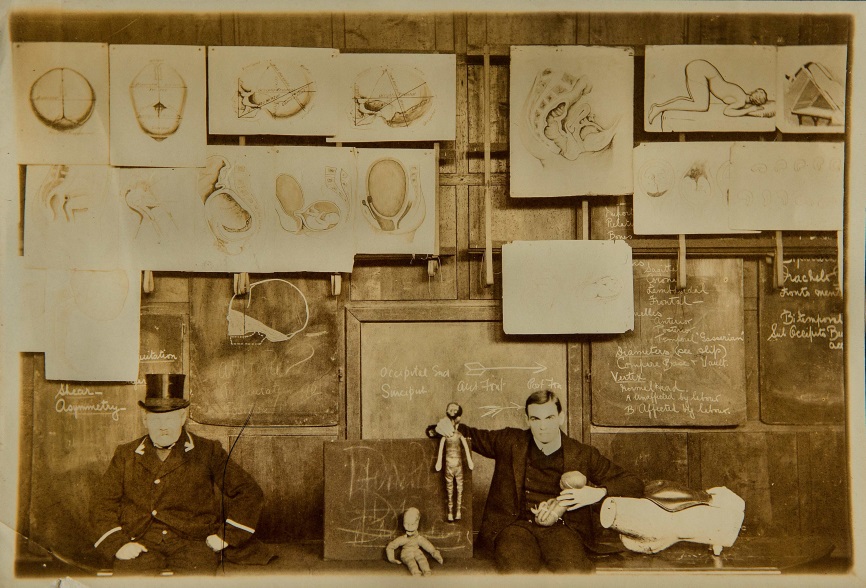
Figure Eight: Obstetrics Lecture (?), c. late nineteenth – early twentieth century.
The pre-1950 photograph collections of the College are rich and varied; they provide a fascinating and useful insight into the institution, its members and the practice of medicine during the late eighteenth and early nineteenth centuries. Moreover, they also tell us something of the priorities of this period, in the current age of smart phones and digital cameras we can take infinite numbers of photographs instantly and easily. In contrast these early photographs would have required considerable time and care to take and develop. Therefore, these photographs represent both what these nineteenth- and early twentieth-century contemporaries valued, and what they wished to have preserved to represent their era in the future.
Author: Mona O’Brien, Volunteer, Royal College of Physicians of Edinburgh.
Follow our Twitter account @RCPEHeritage or our Facebook page or sign up to our newsletter to get notifications of new blog posts, events, videos and exhibitions.



